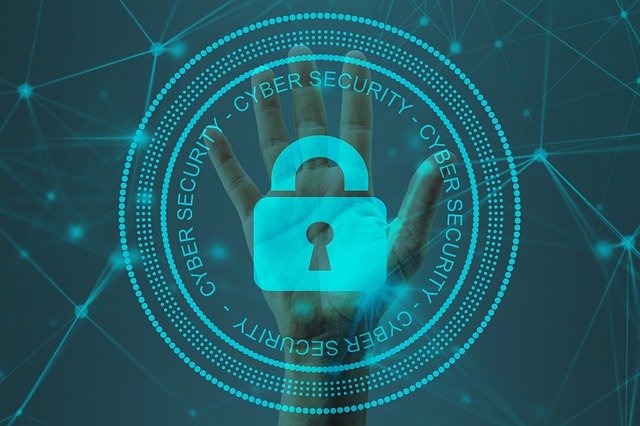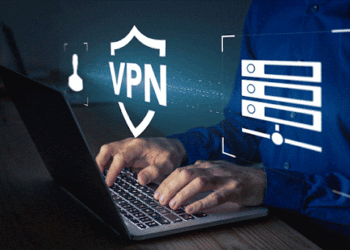The digital world is becoming increasingly personal. Because of the convenience with which private data can be collected via online features like “cookies,” companies have become much better at approaching consumers’ demands and customizing services and goods to align their choices better.
However, there is a dark underbelly to this profiling: malicious hackers are focusing on C-suite executives and acquiring access to enterprise data and services through them.
Cyber attackers frequently view executives as hugely promising targets because they directly expose an organization’s information systems. You can find lot of ways to stop it by visiting sapphire.net. As an outcome, senior executives are more likely than other staff members to be victims of fraud, as per Aon’s 2020 Cyber Security Risk Report.
A Common Mistake:
Everyone involved in cyber security comprehends that not all IT devices and systems are equally dangerous. Some contain more crucial data than the rest. The same goes for humans; some individuals have access to more classified data than others.
It is one common mistake that many security teams make by disregarding the C-suite executives as the company’s most important resources. They treat executives like employees and use the same security measures, such as identity verification, on-device security, and anti-malware software. It results in a significant downfall of the security systems and, eventually, the organizations.
Because top management has significant exposure to some of the most sensitive data, they are frequently the most vulnerable to revealing it through methods such as phishing. Consequently, they are likely to be deliberately targeted by cybercriminals who use increasing sophistication and sneaky methodologies to hack devices and systems.
The Internet is full of crime stories and how clever and efficient cyber attacks have become. Numerous high-profile ransomware attacks have taken place in recent months. Furthermore, social engineering attacks have become more hostile and familiar. Since the C-suite and other top management staff typically have much more user access rights to devices and more sensitive data on their digital phones, they are targeted.
This could include mobile phones, tablet devices, or even personal computers with little or no virtual private networking equipment and other information security checks and balances, such as anti-malware and hard disk and additional data storage encryption. Support staff and personal assistants who work under these execs also have full rights to almost the same classified info.
The Solution is Improving Cyber Security
The increasing vulnerability of top management to cyber attacks emphasizes the need for organizations to make a more thorough process for managing cyber risks instead of relying solely on the IT security team. The HR team plays a vital role in the cyber resilience path because they support training, growth, and change management.
Cyber security training must be tailored to the various roles within an organization, including C-suite employees. Executives should be trained on the scope and nature of the risks and the critical role that they play in their personal and corporate security.
Strengthening cyber security is primarily a behavioural issue, but transforming how people behave, access their data, and protect it can be challenging, mainly if it requires additional steps. Employees must spend more time and effort creating the best cyber security practices to enhance executive security and organizational success. It includes the employment of VPN to encrypt interactions, password managers, and identification checking, a part of the everyday regimen.
Multiple main aspects, as per Aon’s 2020 Cyber Security Risk Report, can regulate executive security risks:
Assessing Executive Security Vulnerabilities
It is critical to measure executives’ cyber risk weakness across the overall infrastructure, along with their families. These evaluations should cover both organizational security and individual and family security. You may also include one-on-one consultations, data collection, and investigations of the public and dark webs to evaluate the risk. To boost adaptability in this extremely sensitive threat vector, organizations should ensure the executive and his\her household members with individualized security measures.
Public Awareness Initiatives
Data governance, educating on malware and social engineering threats, guidance on limiting exposure, and exchanging ideas of arising online scams can all help executives reduce their cyber risk. Perseverance starts with executives becoming aware of the issue and receiving guidelines for managing their threat. Identity tracking and password management software can help minimize security risks.
Like any other cultural shift, building organizational cyber resilience works the best when top management sets a good example, modelling a culture wherein every worker thinks they must establish and operate a level of online surveillance. Implementing cross-functional leadership systems and robust cybersecurity awareness training can hasten cyber threat maturity. Setting the cyber competence goals and extending cyber resilience transparency to leaders other than the CISOs.
Transfer of Risk
Cyber insurance and other risk-transfer processes can assist executives in dealing with the consequences of identity fraud, company email compromise damages, and data breaches. Executives may want to add a layer of individual identity protection on top of the coverage that helps protect the organization from cyberattack setbacks. Many businesses provide such security as an employee benefit. As the industry for individual cyber insurance evolves, companies may consider providing it to members of the board, executive officers, and workers.
Conclusion
As cyber-attacks continue to rise, cybercriminals have their eyes set on the C-suite. To preserve both the organization and executives, companies must start treating executives as assets, accounting for their cyber security needs – both at home and work – and addressing them. Companies must also make it a priority to provide training and awareness. It includes emphasizing the significance of adhering to rules, using encrypted data continuously, and dissuading the use of unsecured personal phones. Finally, robust physical defences and basic hygiene can help tremendously secure resources and deter cyber attackers.






